Our Top 5 this month has a cinematic theme. Buildings, set design and landscapes play an important role in film, from supporting key areas of the narrative, to establishing the look and tone of the scene. There has always been a close relationship between architecture and the film industry; we decided to pick our favourite films where buildings have taken a starring role.
We also asked Alex Maxwell to choose his favourite building. As well as teaching undergraduate architecture at the University of Sheffield, Alex co-owns design-led bookshop La Biblioteka which stocks a plethora of film publications – so it’s safe to say Alex was keen to be involved.
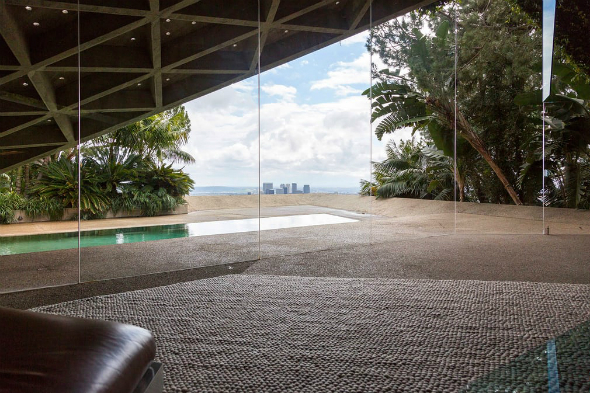
James Goldstein House – John Lautner – The Big Lebowski
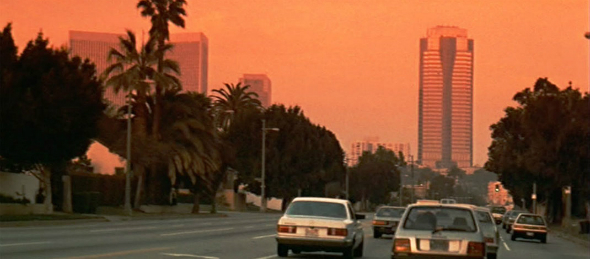
Nakatomi Plaza (Fox Plaza) – Johnson, Fain and Pereira Associates – Die Hard
Although aesthetically it leaves much to be desired, Nakatomi Plaza is more than just a location in Die Hard. It is both intrinsic to the conceit of the narrative and becomes its own character throughout the film, as John McClane navigates and utilises its shadowy corners to outwit Hans Gruber on Christmas Eve, 1988. The floor where the party-going staff are initially taken hostage had deliberately been designed in the style of Fallingwater, by Frank Lloyd Wright. But in all honesty, the reason why I chose it is because I just really love Die Hard. [Liam]
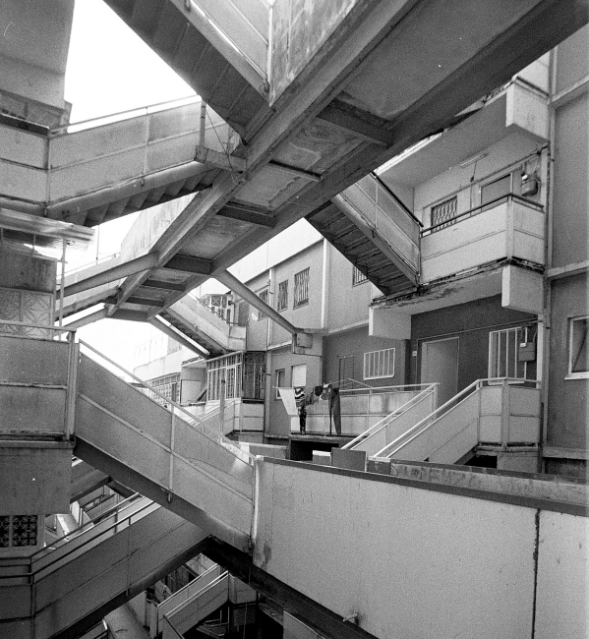
Vela di Scampa – Franz di Salvo – Gomorrah
While this tough watch scampers across central Italy as much as a Fellini caper, the scenes that hit home are the violent domestic strife, filmed at the Vela di Scampa housing estate, designed by Franz di Salvo in 1962. At the forefront of post-war social housing design in Italy, di Salvo was inspired by Kenzo Tange’s megastructures, and as well as distinctive triangular apartments. He wanted to provide ultra-modern meeting places, playing fields and other facilities, but unfortunately they never materialised and the oft-repeated story of estate decline was accelerated by an earthquake that left many homeless. Whilst known for its Camorra links, many families still call its aerial parks and streets-in-the-sky home. [Alex]
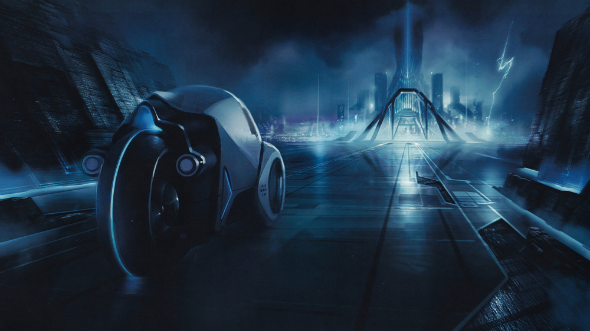
The Grid – Joseph Kosinski / Darren Gilford – Tron: Legacy

Villa Arpel – Jacques Lagrange – Mon Oncle
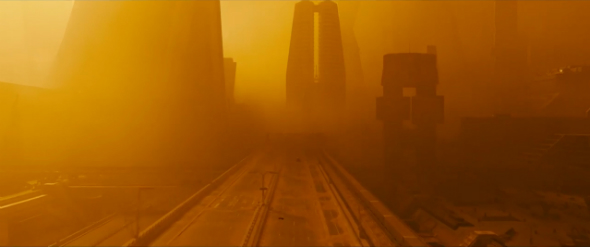
LA skyline – Dennis Gassner / Alessandra Querzola – Blade Runner 2049
My thoughts on the film Blade Runner 2049 were mixed; the film was absorbing but didn’t quite strike the same chord as the original. My lasting impressions, though, were of the place and the architecture which made the film for me. I went to see it with other Architects and we chatted more about this than the story afterwards – from the vast, desolate cityscapes to the stunningly formed and starkly lit interiors that disappeared into shadows. [Paul]
Now you’ve seen our selection, we would love to hear from you. What is your favourite building / architectural landscape from a film?